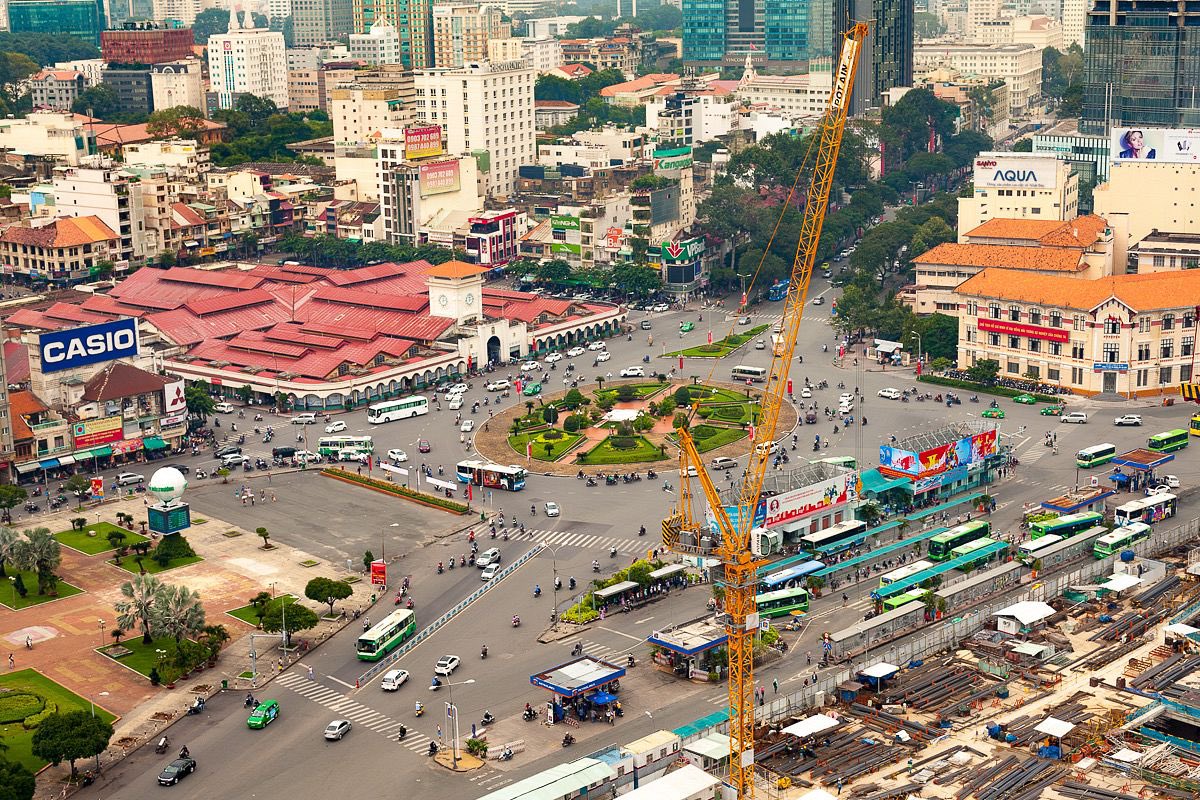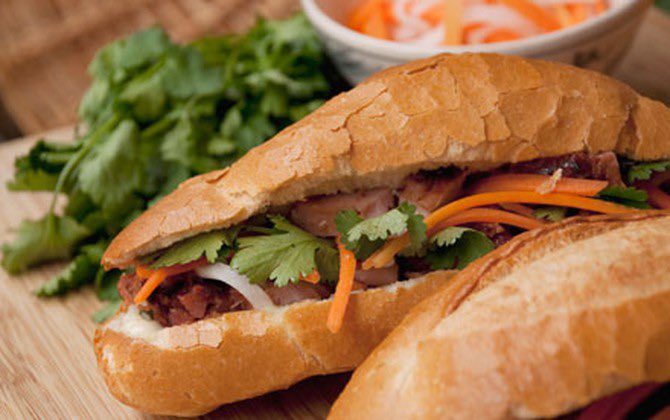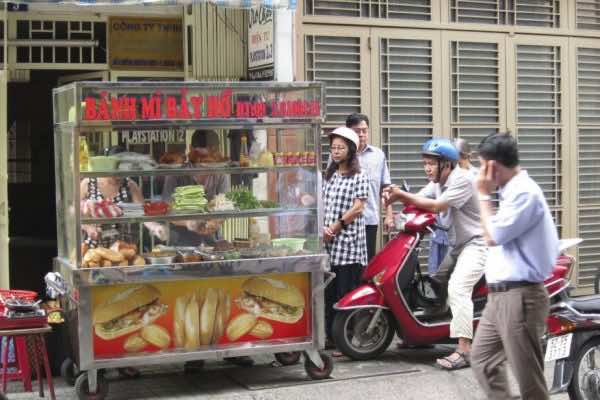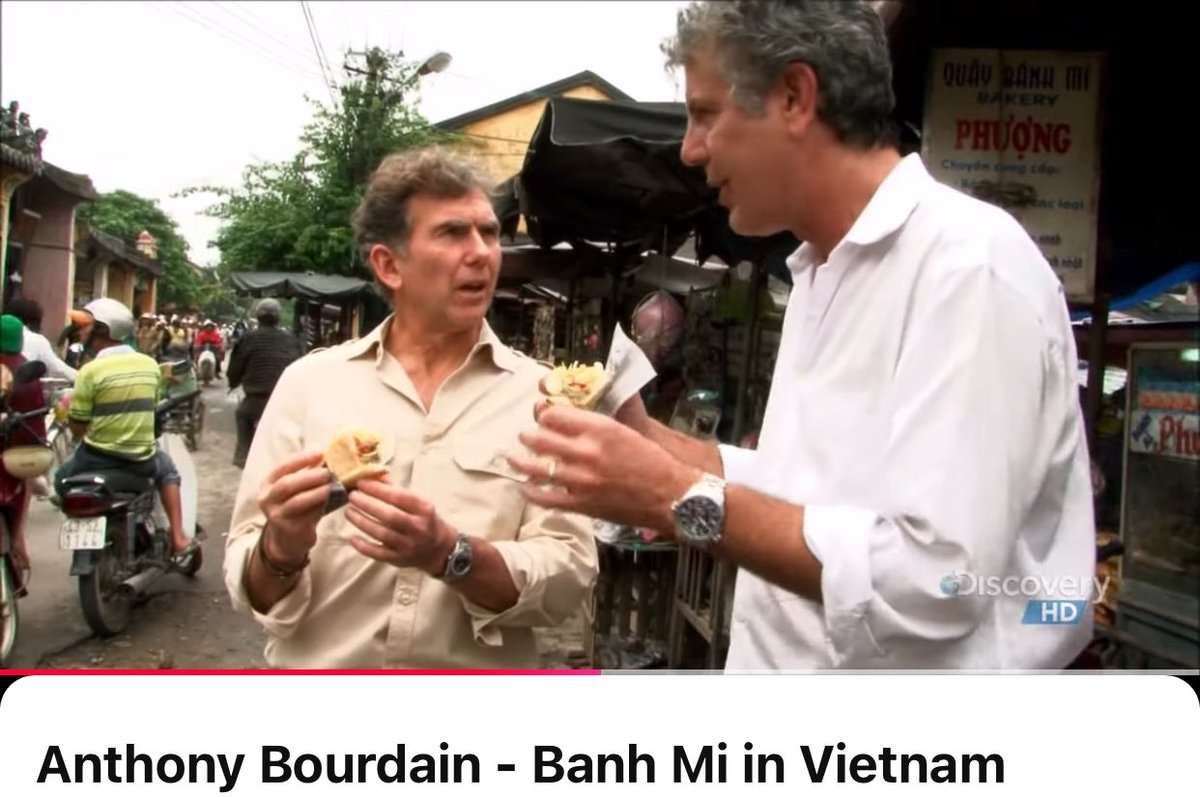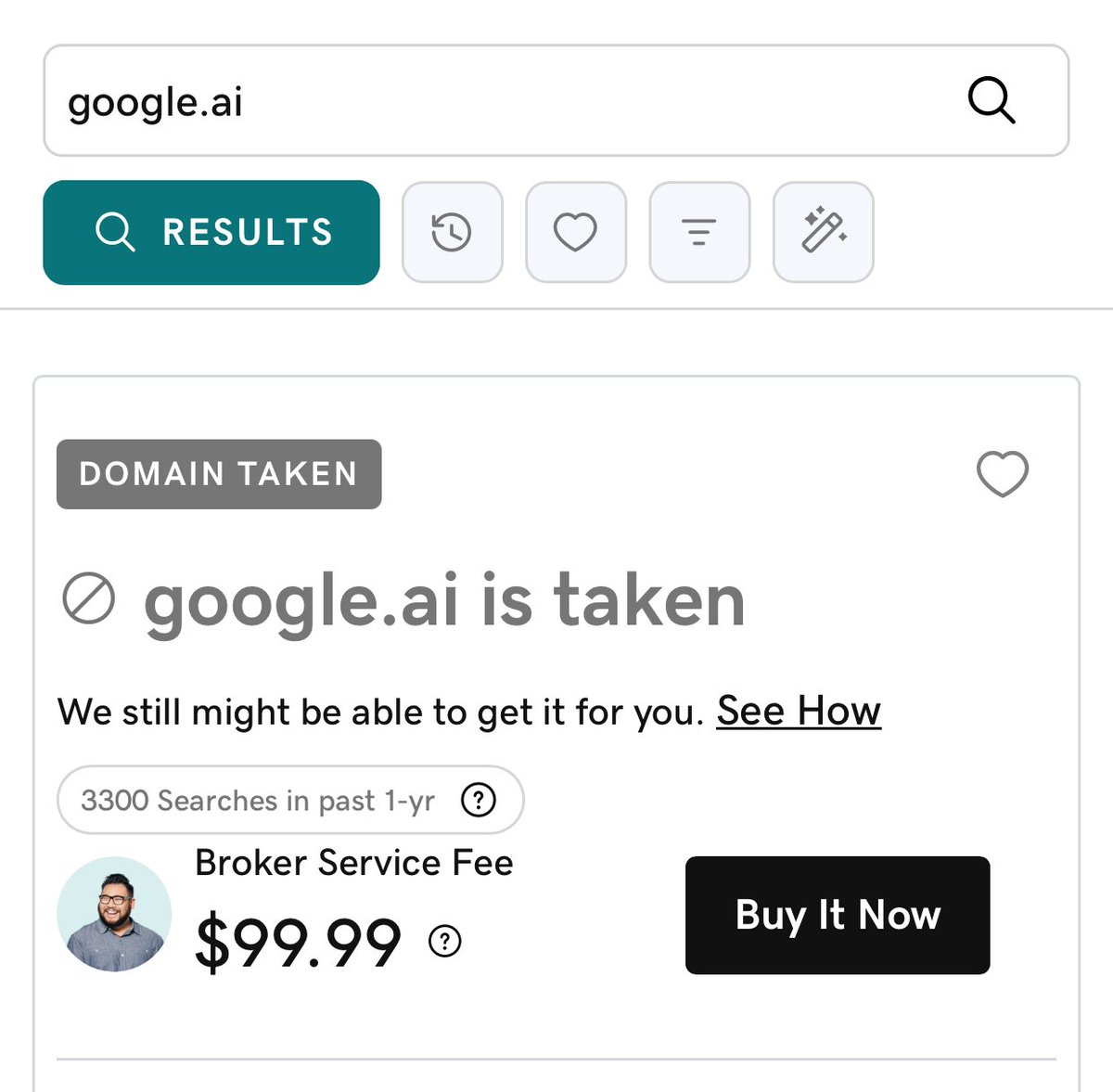Up to the 1990s, raw salmon sushi was not eaten in Japan.
What changed? Norway went on a 10-year marketing campaign to sell Atlantic salmon in the East Asian country. And the plan worked.
Here’s a story 🧵
What changed? Norway went on a 10-year marketing campaign to sell Atlantic salmon in the East Asian country. And the plan worked.
Here’s a story 🧵

Traditionally, Japan didn’t eat raw Pacific salmon b/c the fish had parasites.
Meanwhile, in the 1970s, Norway got really good at farming parasite-free Atlantic salmon
However, government subsidies led to over-farming and Norway needed to find a way to get rid of excess salmon.
Meanwhile, in the 1970s, Norway got really good at farming parasite-free Atlantic salmon
However, government subsidies led to over-farming and Norway needed to find a way to get rid of excess salmon.

Japan was a natural market for raw fish but Norway had to overcome a few obstacles:
▫️The stigma of raw salmon
▫️Atlantic salmon has a different color
▫️Atlantic salmon is fattier (which ended up being a good thing)
▫️The stigma of raw salmon
▫️Atlantic salmon has a different color
▫️Atlantic salmon is fattier (which ended up being a good thing)

At the time, the average Japanese person ate 60kg of fish a year (vs. 15kg globally).
Historically, Japan was able to meet its fish demands. But in the 80s, supplies dwindled due to overfishing and Japan was banned from the fishing zones of other countries. It needed imports.
Historically, Japan was able to meet its fish demands. But in the 80s, supplies dwindled due to overfishing and Japan was banned from the fishing zones of other countries. It needed imports.

To access the Asian market, the Norwegian government launched a plan called Project Japan in the mid-1980s.
Since advertising Atlantic salmon as “parasite free” wasn’t very inviting, Norway focused its messaging on the country’s “fresh waters”.
Since advertising Atlantic salmon as “parasite free” wasn’t very inviting, Norway focused its messaging on the country’s “fresh waters”.

Project Japan also included
▫️Serving raw Atlantic salmon at the embassies in Norway
▫️Getting celebrity chefs in Japan to use Atlantic salmon
▫️Partnering with Japanese suppliers
Even with all of Project Japan’s efforts, it took a decade break in.
▫️Serving raw Atlantic salmon at the embassies in Norway
▫️Getting celebrity chefs in Japan to use Atlantic salmon
▫️Partnering with Japanese suppliers
Even with all of Project Japan’s efforts, it took a decade break in.
One deal changed everything.
Norway offered Nichirei — a Japanese frozen food firm — 5000 tons of Atlantic salmon at a big discount.
The deal: Nichirei had to market it as raw sushi (raw commanded premium over fish to be cooked). And that’s when raw salmon sushi became a thing.
Norway offered Nichirei — a Japanese frozen food firm — 5000 tons of Atlantic salmon at a big discount.
The deal: Nichirei had to market it as raw sushi (raw commanded premium over fish to be cooked). And that’s when raw salmon sushi became a thing.

Raw salmon consumption first took off in the conveyor belt restaurants. But eventually, salmon sushi went mainstream.
Project Japan costed ~$30m.
The return: Norway went from selling 2 metric tons of salmon to Japan in 1980 to 28,000 metric tons by 1995.
Project Japan costed ~$30m.
The return: Norway went from selling 2 metric tons of salmon to Japan in 1980 to 28,000 metric tons by 1995.

If you enjoyed that, check out my Saturday newsletter on business and tech deep dives. Like salmon, it’s best consumed raw with a dab of wasabi.
getrevue.co/profile/trungt…
getrevue.co/profile/trungt…
Sources
Torodex: medium.com/torodex/salmon…
Norway Exports: norwayexports.no/news/norways-i…
Classic Planet Money episode by @jacobgoldstein: npr.org/2019/06/03/729…
Torodex: medium.com/torodex/salmon…
Norway Exports: norwayexports.no/news/norways-i…
Classic Planet Money episode by @jacobgoldstein: npr.org/2019/06/03/729…
FYI: To prep my writing, I use an AI-powered research app I made called Bearly AI.
After reading an article or watching a YouTube video, I get an instant summary in one click (which I later review).
Try it for free: Bearly.Ai
After reading an article or watching a YouTube video, I get an instant summary in one click (which I later review).
Try it for free: Bearly.Ai
To be clear, this thread is about the popularizing of raw Salmon sushi *in Japan*.
While we’re here, shout out to the legend Hidekazu Tojo: he runs a famous Vancouver sushi restaurant of his name and created the California Roll (rice on outside was more appealing for customers).

While we’re here, shout out to the legend Hidekazu Tojo: he runs a famous Vancouver sushi restaurant of his name and created the California Roll (rice on outside was more appealing for customers).


Tojo also invented the BC roll, Rainbow Roll, Golden roll and Spider Roll.
He’s happy the California Roll became popular but is pretty choked when it’s cheapened with imitation crab instead of real crab.
Here’s the story behind the name: insider.com/how-the-califo…
He’s happy the California Roll became popular but is pretty choked when it’s cheapened with imitation crab instead of real crab.
Here’s the story behind the name: insider.com/how-the-califo…

The Guinness World Record for most expensive sushi was created by Filipino chef Angelito Araneta Jr.
For $1,978, you get 5-piece sushi roll with Norwegian salmon, foie gras, edible 24-karat gold leaf.
And a bunch of things you can’t eat: Palawan pears and 20-karats of diamonds.
For $1,978, you get 5-piece sushi roll with Norwegian salmon, foie gras, edible 24-karat gold leaf.
And a bunch of things you can’t eat: Palawan pears and 20-karats of diamonds.
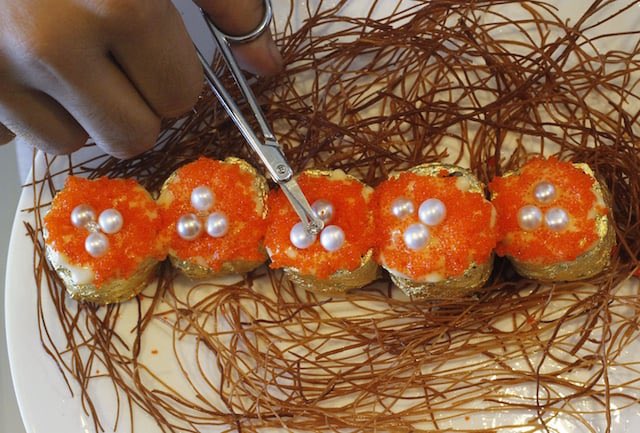
• • •
Missing some Tweet in this thread? You can try to
force a refresh




